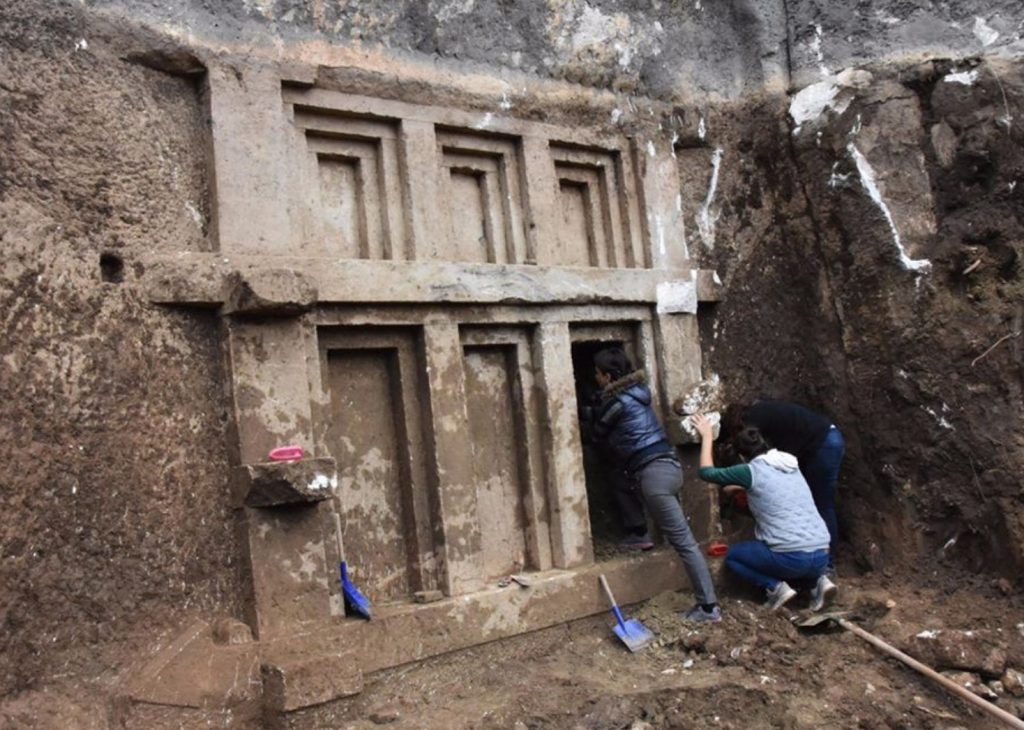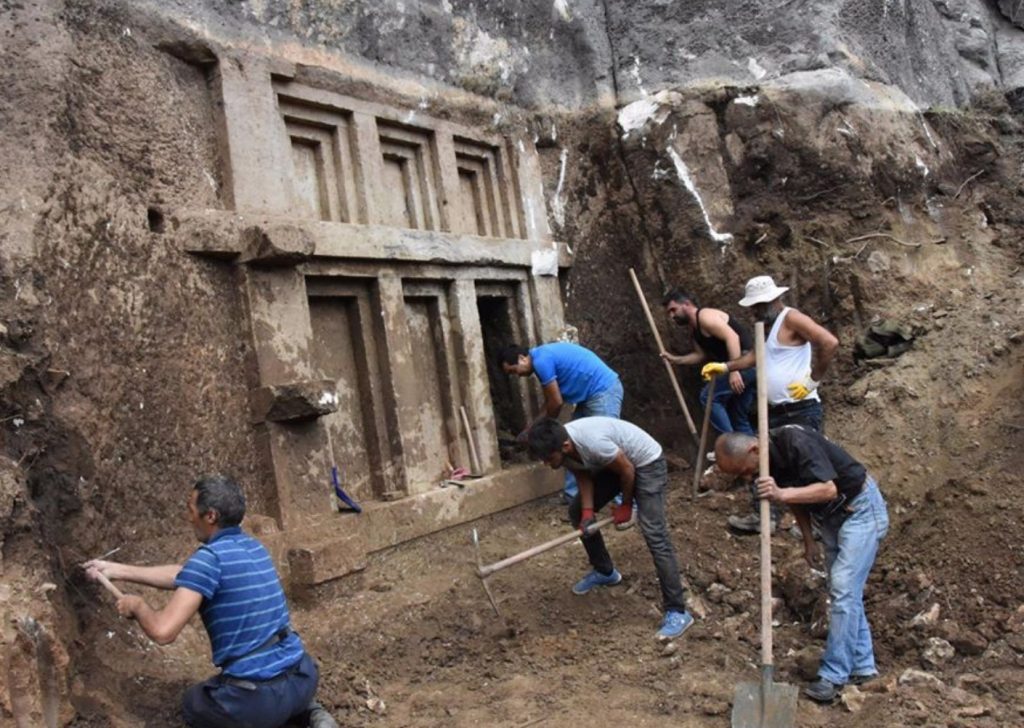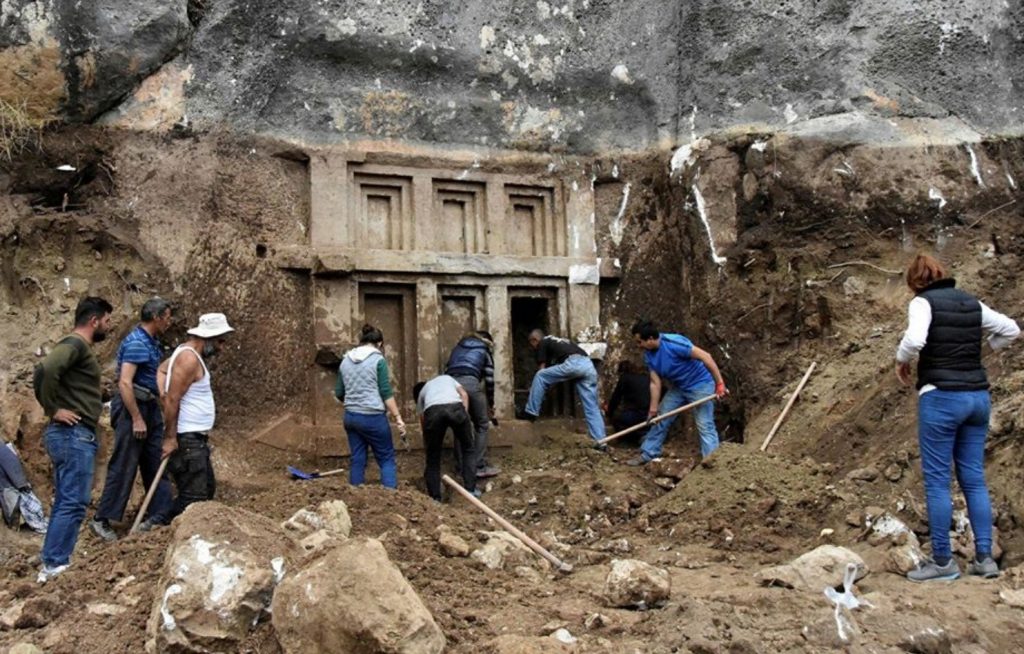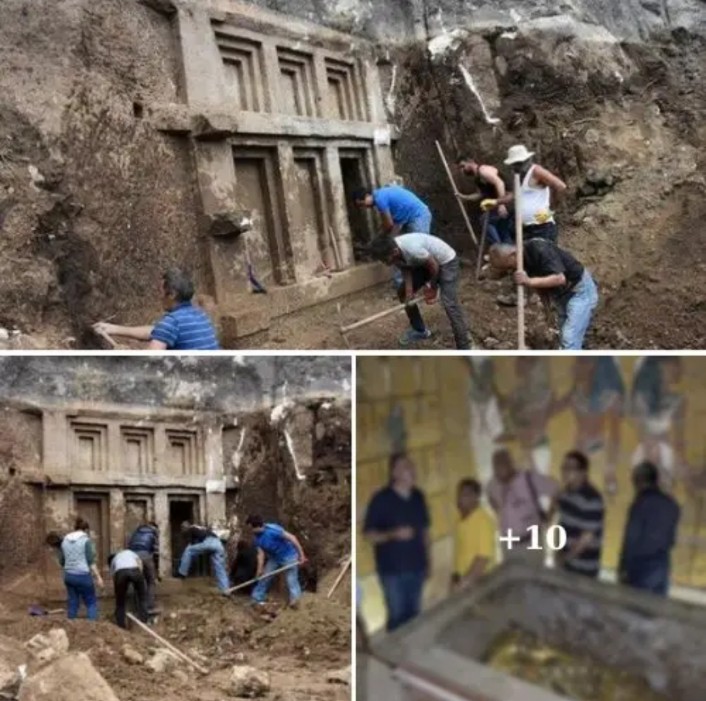Introduction
In a remarkable archaeological discovery, a 3,300-year-old ancient tomb associated with the legendary Egyptian queen Nefertiti has been unearthed and explored in the heart of Turkey. This remarkable find promises to shed new light on the enigmatic queen and her historical significance, while also highlighting the fascinating connections between ancient civilizations. This tomb, shrouded in mystery for centuries, represents a momentous milestone in the field of archaeology and is set to rewrite the history books.
The Discovery
The astounding discovery took place in the ancient city of Alalakh, located in what is now modern-day Turkey, near the southern border with Syria. Alalakh was a thriving city during the late Bronze Age and is believed to have had connections with various ancient civilizations, including the Hittites and the Egyptians. Archaeologists had been excavating the site for years when they stumbled upon an underground chamber, hidden beneath layers of sediment and time.

Upon further investigation, it became evident that this chamber was no ordinary tomb. Its design and artifacts suggested that it was a royal burial site. The most astonishing revelation came when researchers uncovered an inscribed plaque bearing the name “Nefertiti,” a name that resonates through the annals of ancient history.

Queen Nefertiti: A Historical Icon
Queen Nefertiti, whose name means “the beautiful one has come,” was a prominent figure during Egypt’s 18th dynasty, known for her breathtaking beauty and influential role in the Amarna period. She was the chief wife of Pharaoh Akhenaten and played a pivotal role in the religious and artistic reforms that marked the era. However, Nefertiti’s reign remains shrouded in mystery, as her final resting place had never been definitively identified, until now.

The Tomb’s Significance
The discovery of Queen Nefertiti’s tomb in Turkey is a monumental breakthrough in understanding the political and cultural relationships between ancient civilizations. The fact that Nefertiti’s tomb was found outside of Egypt suggests intriguing diplomatic ties between Egypt and the Hittite Empire, which controlled Alalakh during the late Bronze Age. This discovery challenges previous assumptions about Nefertiti’s whereabouts after her disappearance from historical records.
Inside the tomb, archaeologists uncovered a trove of artifacts, including precious jewelry, intricate pottery, and finely crafted funerary objects. These items offer a glimpse into the opulence of Nefertiti’s burial and provide valuable insights into the art and culture of the late Bronze Age.
The tomb’s layout and architecture are also of great interest. Its design bears some similarities to the famous tombs in the Valley of the Kings in Egypt, suggesting that the influence of Egyptian burial practices extended beyond the borders of the Nile.
Challenges and Future Research
The discovery of Nefertiti’s tomb in Turkey has raised many questions that archaeologists and historians are eager to answer. Foremost among these is how and why Nefertiti came to be buried in Alalakh, far from her homeland in Egypt. The circumstances surrounding her journey to Turkey remain a mystery, and deciphering them will require careful analysis of historical records and further excavation.
Additionally, scholars are keen to examine the inscriptions and hieroglyphics found within the tomb. These writings may contain valuable information about Nefertiti’s life, her role in the Amarna period, and her connections to other ancient rulers.
Conclusion
The discovery and exploration of Queen Nefertiti’s 3,300-year-old tomb in Turkey represent a momentous occasion in the field of archaeology. It not only offers tantalizing clues about the life and times of one of ancient Egypt’s most iconic figures but also highlights the interconnectedness of ancient civilizations. As researchers continue to investigate this remarkable find, we can expect new revelations that will deepen our understanding of Nefertiti’s historical significance and the intricate web of diplomacy that connected the great empires of the past. This discovery reminds us that the sands of time can unveil secrets that have remained hidden for millennia, reshaping our perception of history in the process.

Shivam kumar
Village nanpur jila Agra 283105
Nanpur Agra Coob283105
Ajay